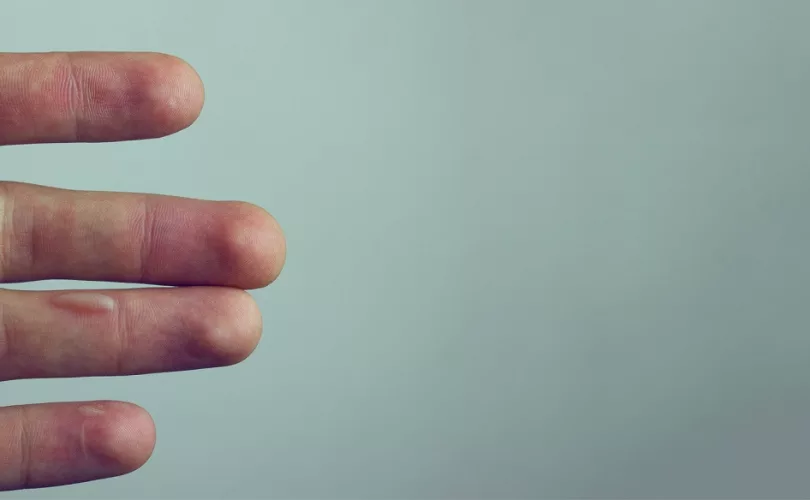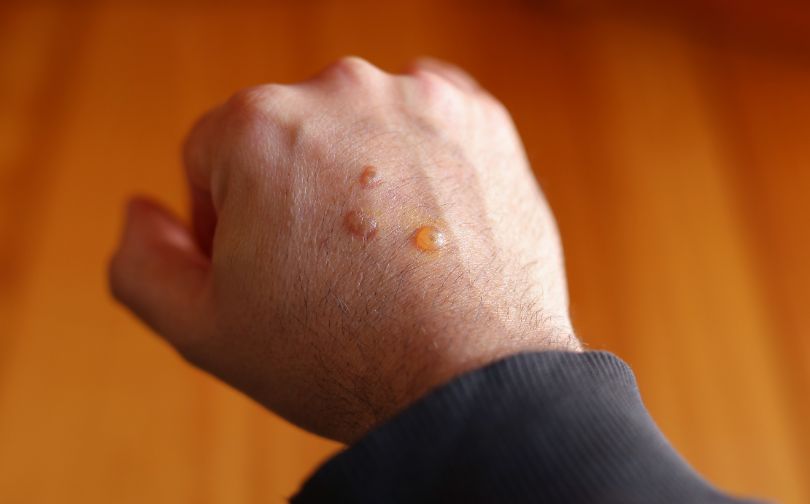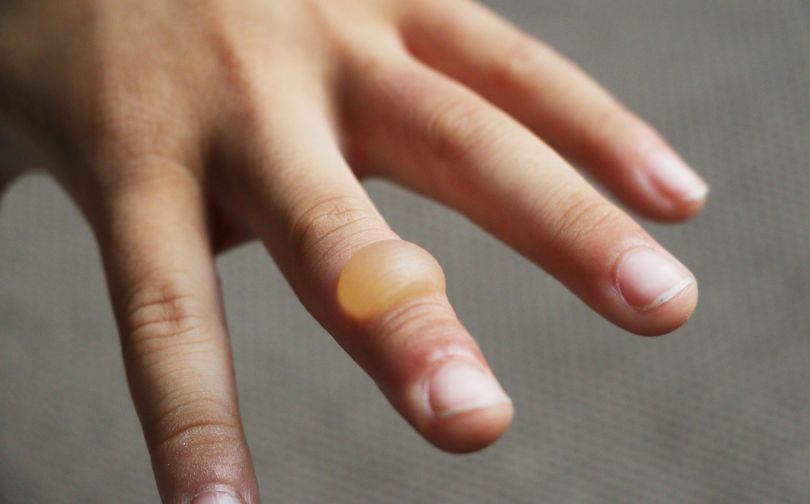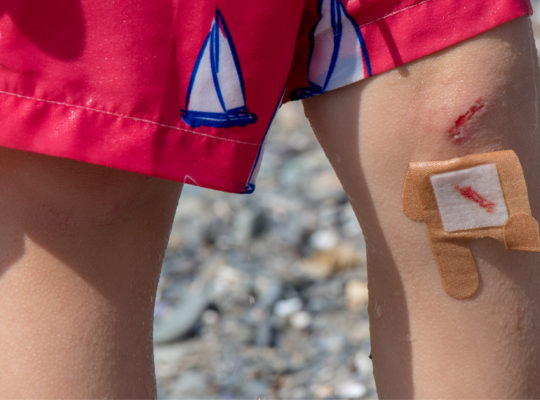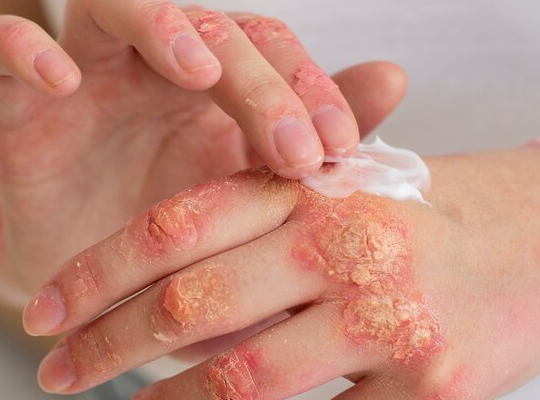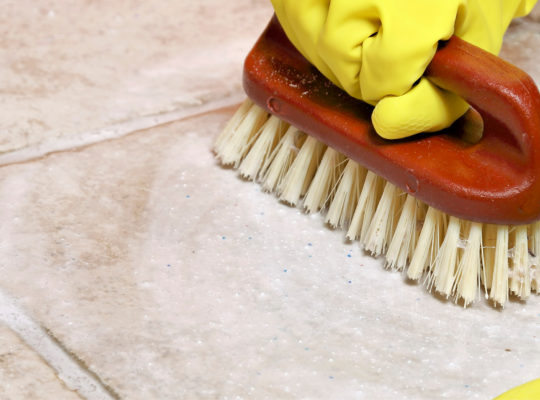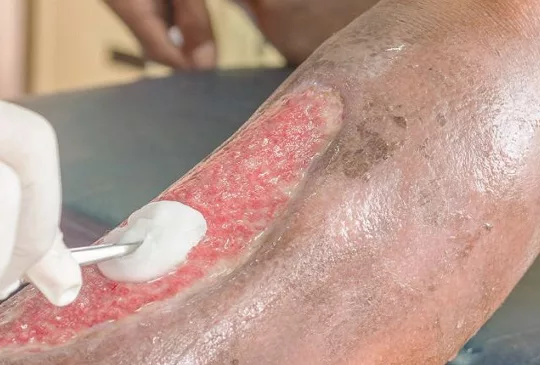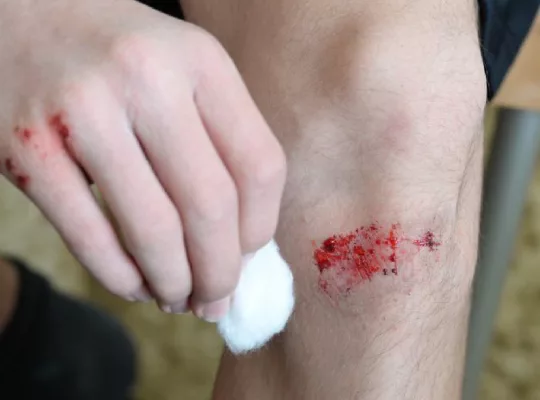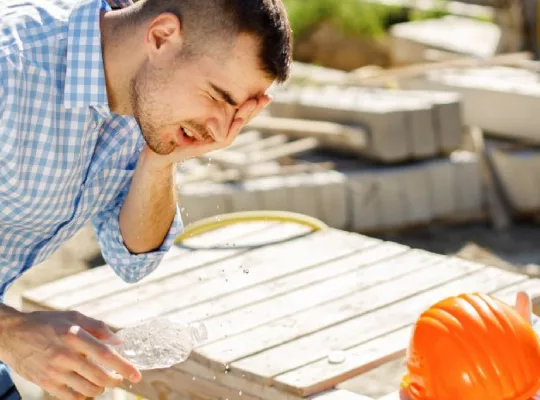Blisters can be a real nuisance, especially when they appear on your feet or hands. Whether you’re breaking in a new pair of shoes or working with tools, these painful pockets of fluid can disrupt your day. The discomfort often gets worse with every step or grip, making it hard to focus on anything else.
One surprising fact: blisters develop as your body’s natural defense against friction, protecting deeper layers of skin from damage. However, without the right care, they can quickly become a bigger problem, like infections or scarring.
In this guide, you’ll find practical solutions to treat blisters effectively. We’ll explore simple steps you can take to relieve pain, speed up healing, and prevent future issues.
Types of Blisters
- Friction blisters
- Burn blisters
- Blood blisters
Causes
The most common form is a friction blister. These form from repetitive rubbing or gripping. Some actions that cause blisters are tight shoes, extended running, weightlifting, rowing, climbing, etc. A blood blister is formed when something pinches the skin but only breaks a blood vessel and not the skin. Second and third degree burns and severe sunburns can cause a burn blister to form.
Should You Drain a Blister?
No. The fluid is very helpful for the healing process. If the blister is extremely painful, draining it can be helpful, but it’s better to just leave it alone. Draining a blister will expose it to infection, so make sure to keep it covered and clean if you do drain it.
How to Care for Blisters?
The best way to care for a blister is to keep it covered and clean. You can use bandage spray for it. Regularly wash the blister with soap and water, and keep it covered. The best options are bandages, or tape and gauze depending on the size and location of the blister.
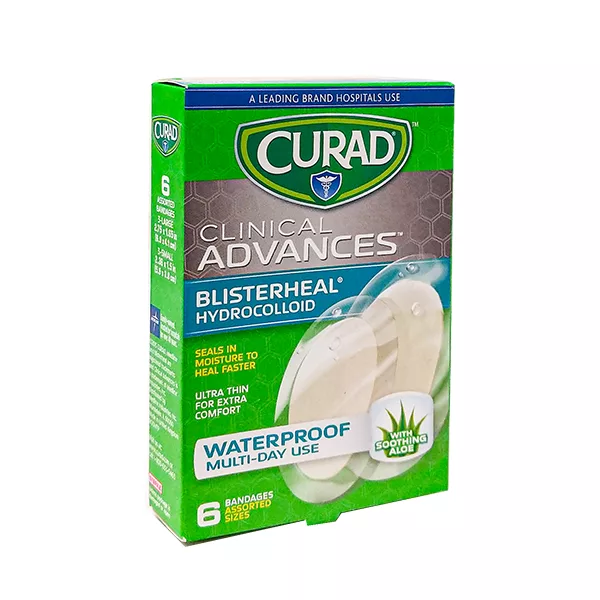
When to See a Doctor?
Burn blisters should always be assessed by a medical professional. Burns can damage to multiple layers of skin, so it’s best to have them treated properly. A blister can also get infected, even if you don’t drain it. If you notice yellow or green discharge, the area around the blister feeling hot or red marks appearing around the blister, see a doctor.
How Can I Prevent Blisters in the Future?
To prevent blisters in the future, follow these tips:
- Choose Proper Footwear: Wear shoes that fit well—neither too tight nor too loose—to avoid friction. Break in new shoes gradually.
- Wear Moisture-Wicking Socks: Opt for socks that keep moisture away from your skin. Wool or synthetic blends are often better than cotton.
- Keep Feet Dry: Use foot powder or antiperspirant on your feet to reduce moisture buildup, which can cause blisters.
- Use Blister Prevention Products: Apply blister pads, tape, or moleskin to areas prone to friction, such as heels or toes.
- Strengthen Calluses: Calluses protect the skin from blisters, so avoid over-exfoliating or softening callused areas on your feet.
- Take Breaks During Activity: For long walks or hikes, stop occasionally to let your feet air out and adjust your socks or shoes if needed.
- Choose Appropriate Insoles: Custom insoles can help reduce rubbing, especially if you have flat feet, high arches, or other foot issues.
- Condition Your Feet Gradually: Gradually increase physical activity to toughen the skin, reducing the likelihood of blisters.
Conclusion
Blisters are common but preventable skin irritations caused by friction, burns, or pressure. They act as natural barriers, protecting underlying skin from further harm, though improper care can lead to infections and complications.
To treat blisters effectively, keep them clean and covered. Avoid draining unless absolutely necessary, and if you do, ensure the area is sterilized to prevent infection. Burn blisters, especially, should be evaluated by a medical professional for proper treatment.
Preventing blisters involves mindful steps, such as choosing well-fitted shoes, wearing moisture-wicking socks, and using blister-prevention products. Conditioning your skin gradually through activity and choosing insoles that suit your foot structure can also help reduce the risk of future blisters. Following these guidelines can keep your skin protected and comfortable.
FAQs
What Type of Socks Should I Wear to Prevent Blisters?
Moisture-wicking socks made from synthetic materials like nylon or wool are ideal for blister prevention. These materials help keep your feet dry by drawing moisture away from the skin, reducing friction. Avoid cotton socks, as they retain moisture and increase the risk of blisters.
Can Insoles Help Prevent Foot Blisters?
Yes, cushioned insoles can reduce pressure on your feet and minimize friction, particularly on the soles. Insoles provide additional padding and support, which helps distribute weight more evenly across the foot and reduces the likelihood of blister formation.
How Do I Treat a Blister If I Get One?
If you develop a blister, it’s best to leave it intact to avoid infection. Cover it with a bandage or padding to protect it from further irritation. If the blister is painful or large, you may need to drain it with a sterilized needle. Clean the area and apply an antibacterial ointment afterward.
Should I Pop a Blister?
It’s generally not recommended to pop a blister, as this can lead to infection. However, if the blister is large and painful, it can be drained safely using a sterilized needle. Make sure to disinfect the area and keep it covered after draining.

